It is predicted that there will be a shortage of manufacturing tomato products also in canned shape. The global market and the share of this product will get a moderately low value. Many people may flavor their foods with the consumption of greenhouse tomatoes.
The severe lack of tomato supplies was somewhat predictable.
Even though it has been two years since the epidemic first appeared, there is still a persistent lack of food. Tomatoes are the next item on the list, following basics such as wheat, eggs, pork, and chickpeas. As a result of this, we anticipate a shortage of tomato-based items such as spaghetti sauce, salsa, and of course, ketchup.
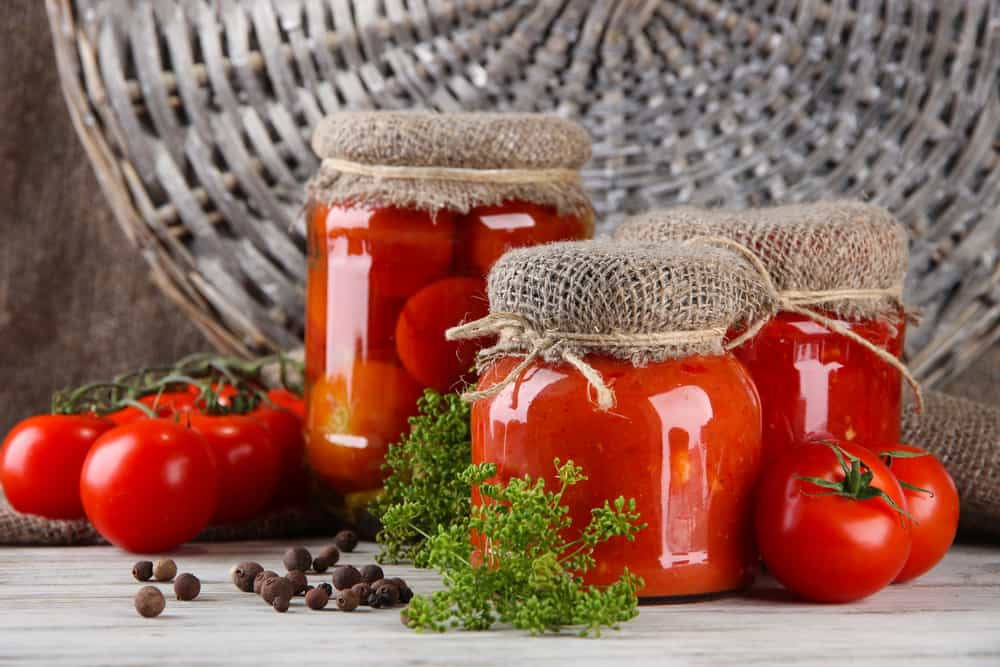
Why Is There Such a Scarcity of Tomatoes?
The majority of the tomatoes that are used for processing in the United States are grown in the state of California. These are the tomatoes that are used in the manufacturing of other goods. The region, along with others in the United States, is reportedly reeling from extremely high temperatures, with July 2022 registering as the third hottest July on record. This has resulted in a drought that is much worse than the one that occurred the year before, which has forced farmers to let their crops dry up for lack of water.
According to Fox Business, forty percent of the region is currently considered to be in the midst of an exceptional drought. One farmer shared with the news outlet that approximately fifteen percent of his processed tomato crop had been lost as a result of the lack of rainfall.
Inflation and problems with the supply chain are also being blamed for the scarcity, according to Mike Montna, president of the California Tomato Growers Association.
These problems are also affecting many other businesses, which have been experiencing shortages. He explains, “We haven’t had a strong crop since 2018,” and because of this, “we’ve been short in 2019, 2020, and 2021, and we’re likely to be short again in 2022.”
However, this may not be solely attributable to recent developments. According to a study in The Washington Post, the current tomato crisis may have been a long time in the making.
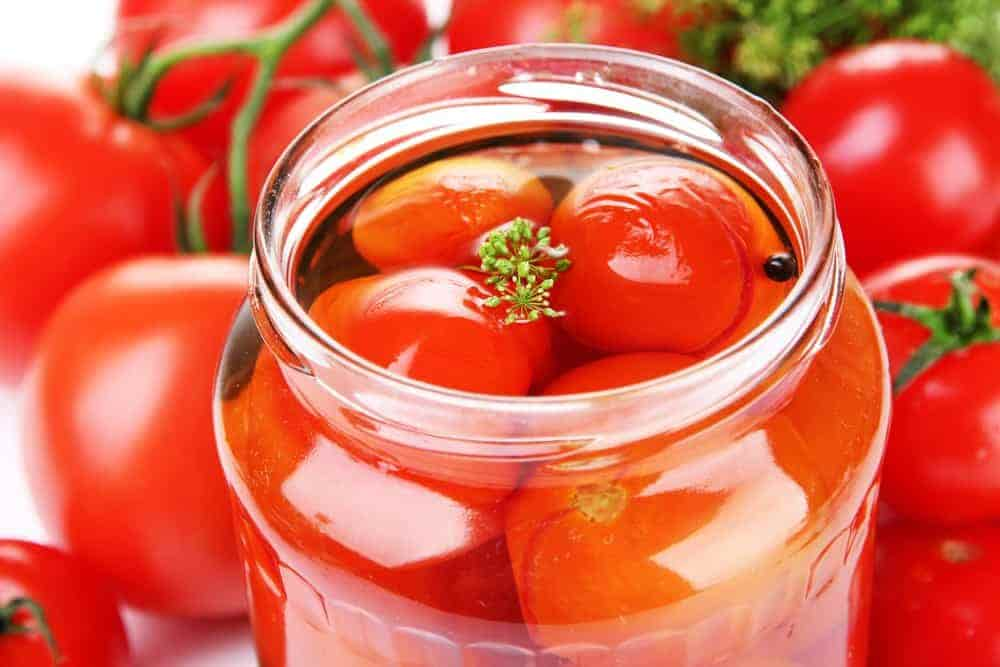
Because of their increased prices, other countries imported fewer tomato products from the United States during the years of 2015 and 2019. Because of this, there was an excess supply of tomatoes, which led farmers to reduce the amount of tomato plants they had in their fields. The current deficit is a direct result of the restricted crop production mixed with the climate problems.
What Does This Imply for Consumers Who Go Shopping?
Cans of items like stewed tomatoes and tomato paste, as well as other tomato-based condiments like pizza sauce, ketchup, and salsa, are expected to become less common on store shelves in the coming months. The prices of these essentials will almost certainly continue to rise over the next few months.
The natural inclination of many consumers when they go shopping is to load up on their go-to spaghetti sauce, but you shouldn’t completely deplete the available supply. Make sure there is enough for everyone else.
And considering alternatives may be the best course of action for the time being; for instance, try substituting a salsa made with cucumbers for a period of time, or investigate various forms of pasta sauce that do not use tomatoes. In the interim, you can also make use of other types of fall vegetables.
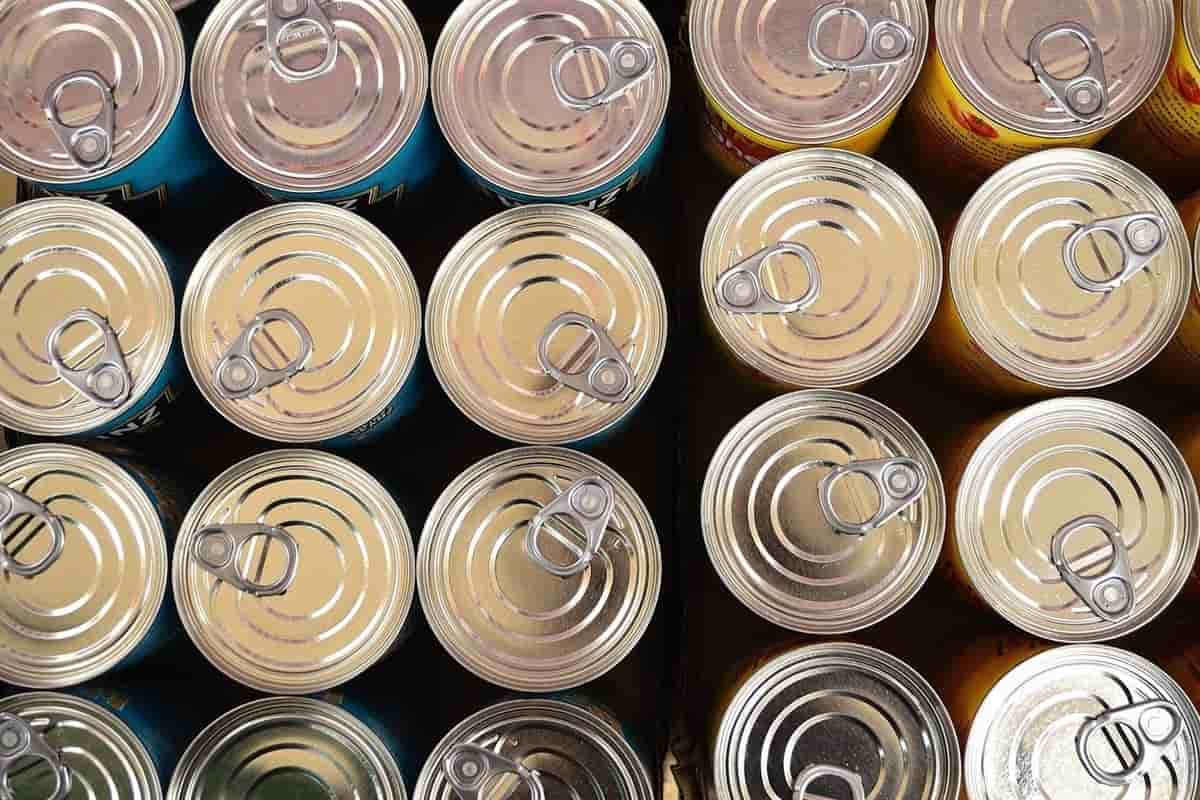
The shortage of tomatoes has far-reaching effects, and it is causing shortages of consumers’ favorite foods as a result. Find out what is causing the scarcity and what can be done to find a solution to the problem.
If you are in the business of providing food services, you have probably seen a great deal of disruptions in the supply chain during the past several years. Sadly, there is the possibility of yet another danger. As 2021 gives way to 2022, a lack of tomatoes is posing a threat to markets all over the world, including those in the United States of America and Canada.
As a result of the tomato scarcity in 2021, supplies of this popular crop are running dangerously low. On the domestic front, the shortfall is in part attributable to the drought conditions that have persisted in the state of California, which is generally where these luscious crops thrive. Tomatoes from Italy are also currently under danger. Importing from other sources of supply is one strategy that companies can utilize to get around the tomato shortage.
What exactly does the lack of tomatoes in 2021 signify for consumers in the present day? It has the potential to alter their eating habits.
After all, a meal of spaghetti without the accompanying marinara sauce is just a bowl of dry noodles. Let’s take a look at what’s driving the shortage of tomatoes in 2021, why the price of tomatoes is going through the roof, and how importing tomatoes from other countries could address the problems you’re having with your supply chain.
Why Is There Going to Be a Tomato Shortage in 2021?
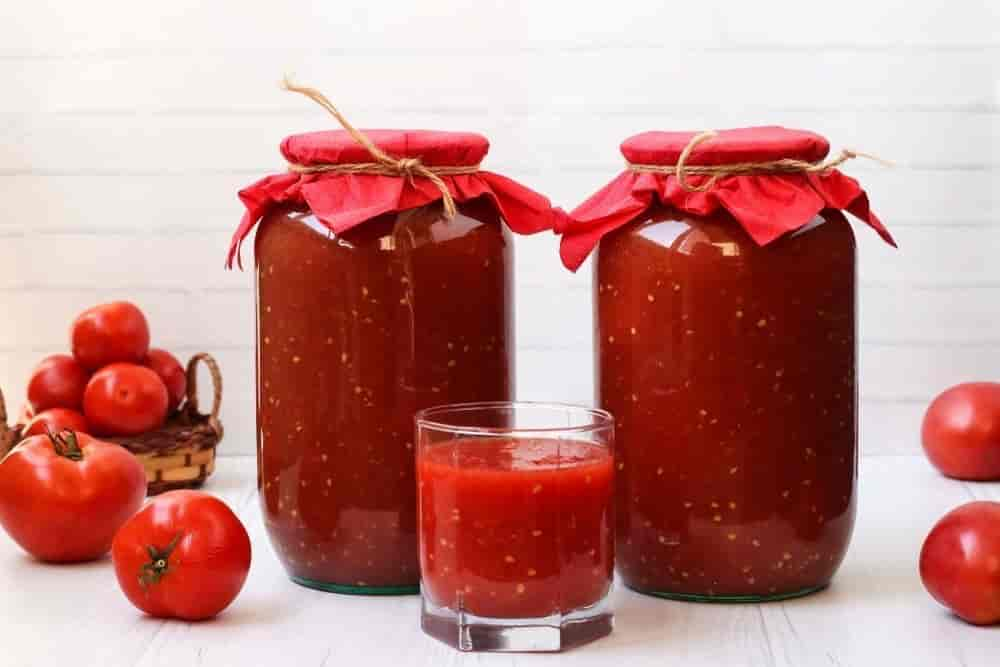
One of the most well-liked fruits and vegetables all around the world is the tomato. You may put them on your salad, use them in a variety of sauces, slice them up and put them on sandwiches, and even put them in your drinks. However, there is a significant risk that customers will be unable to get this crop and all of the products that are derived from it in 2021 due to the impending tomato crisis.
The supply of tomatoes suitable for processing is currently experiencing the greatest amount of pressure. These are the most important components of tomato-based dishes such as marinara sauce, tomato soup, tomato paste, ketchup, and a variety of other pantry essentials.
Fresh tomatoes should still be available in the vegetable department of your supermarket; however, the sauce in the jars that are placed across from the aisle where the pasta is shelved can appear watered down.
What are the reasons for the tomato shortage in 2021? As is the case with previous disruptions to supply chains, there are a number of variables that are contributing to the limited availability. According to reports from the Washington Post, the following three things make up the key components of the equation for the current shortage of tomatoes:
Hoarding during a pandemic
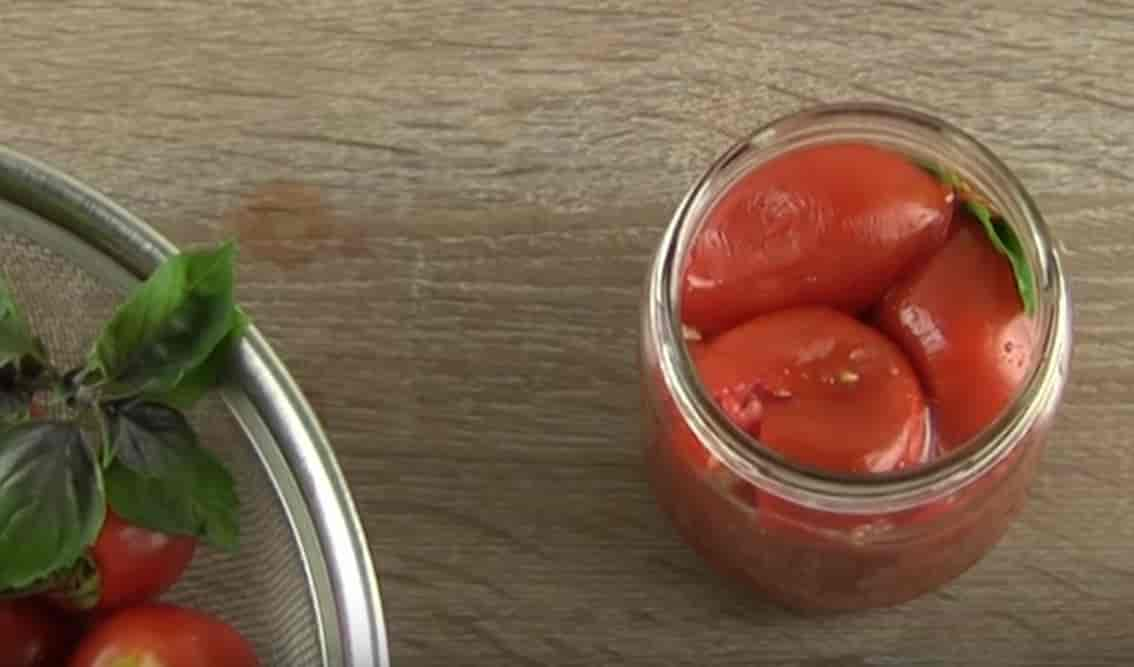
A decrease in available stock
Extreme drought
The shortage of tomatoes in 2021 is due to three factors: hoarding, low inventory, and drought.
A pandemic caused by the 2020 COVID-19 virus pushed the economy into a frantic tailspin. In preparation for the possibility that they might not be able to obtain food for any variety of reasons, consumers stocked up on non-perishable commodities such as canned tomatoes and pasta sauces.
The stockpiling of canned tomatoes and other comparable products by customers drove down the available supply of those items in retail outlets and distribution centers. Because of the pandemic, there was a significant decrease in the available work force to process the harvests from the previous year, which further decreased the inventory.
Now, in late 2021, when things are beginning to return to normal, the catastrophic drought that has plagued California poses an even greater threat to tomato crops. The state of California is the leading producer of processed tomatoes in the United States, harvesting more than 12.1 million tons of the crop annually on average. The severe weather that we are seeing today will have an effect on supply across the country.
Tomatoes from Italy are likewise hard to come by on a worldwide scale, but for an entirely different reason. Because manufacturers in Italy are unable to obtain steel for cans, the country’s locally grown tomatoes are unable to be processed and are instead allowed to rot in the fields where they were cultivated.
All of these elements are contributing to a “tomato tornado,” which is causing supplies to become tight not only in the United States but also internationally.
In the year 2021, why are tomatoes so darn expensive?
You’ve probably taken note of how expensive fresh and canned tomatoes are, regardless of whether you run a commercial kitchen or are simply stocking your own home pantry. This is true for both types of tomatoes.
In the year 2021, why are tomatoes so darn expensive? The solution is straightforward. The forces of supply and demand
Because there is a lack of tomatoes, the price per pound has skyrocketed. Inflation, as well as increases in the price of both fuel and supplies, means that growing the popular vegetable results in higher costs for farmers. This is yet another element that influences the price of tomatoes.
As a result, customers are having to pay a higher price for all varieties of tomatoes and all types of products, ranging from pizza to brunch Bloody Marys.
There is a possibility of resolving the issue with the supply chain for tomatoes that exists now. To keep customers satisfied while they wait for domestic supplies to become more readily available, businesses may be able to satisfy their demand for tomatoes and tomato products by purchasing them from suppliers located in other countries.
Late in the year 2021, tomatoes aren’t the only food product that will have a limited supply. Additionally, there is a lack of inventory of the flavored syrups that are utilized in delectable beverages and coffees. Importing goods is one potential answer to supply chain problems.
Can I Bring Tomatoes Into The Country?
The disruptions in the supply chain that have been generated by the shortfall may be alleviated through the importation of tomatoes. Tomatoes can be imported into the country if a supplier is located in another country.
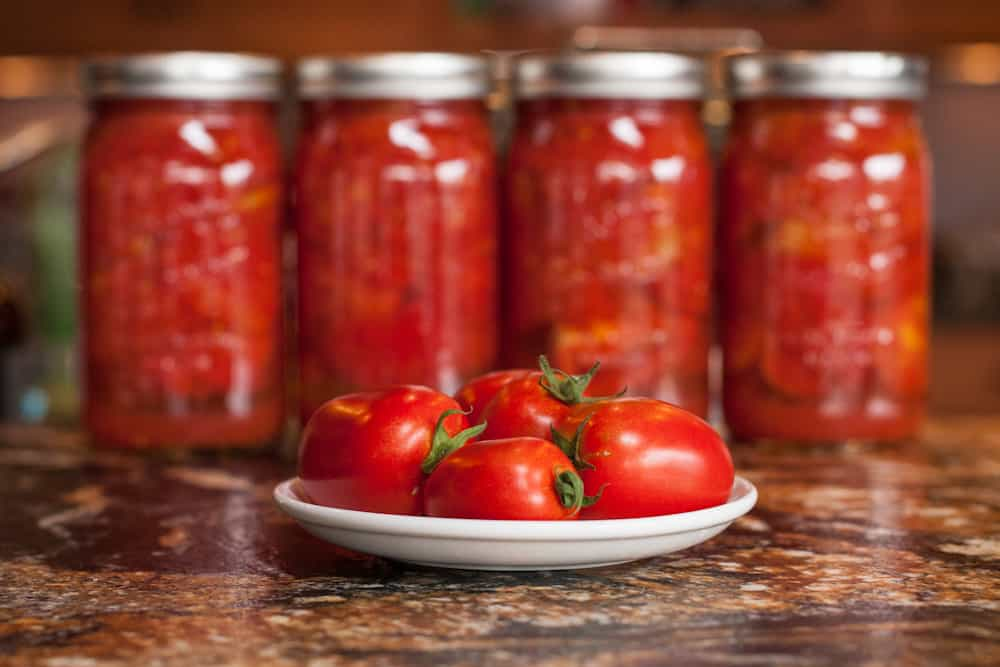
The following are some of the most important tomato producers:
China India
Turkey Egypt
Iran
Spain
Brazil
Mexico
It’s possible that tomatoes and items made with tomatoes could be sourced from any one of these countries. Importing food products, however, does not come without its fair share of challenges. When it comes to importing tomatoes and other fruits and vegetables, there are a good number of standards and regulations to follow.
There are even a few government entities engaged in the process of bringing tomatoes into the country. It will be necessary for you to deal with Ports and Border Protection (CBP), the Food and Drug Administration (FDA), the United States Department of Agriculture (USDA), and the Animal and Plant Health Inspection Service.
The process of importing tomatoes also involves a significant amount of documentation. It is necessary for you to fill out both the PPQ Form 587 and the CBP Form 7501. You’ll need to meet labeling requirement criteria. A customs bond, a commercial invoice, a packing list, and a bill of lading are the minimum requirements for importing goods into a country.

Tomatoes are among the many fruits and vegetables that can be imported, and USA Customs Clearance, which is offered by AFC International, offers all of the information you require. Our in-depth guide includes a comprehensive lesson that walks you through each stage of the procedure in a step-by-step format.

Your comment submitted.